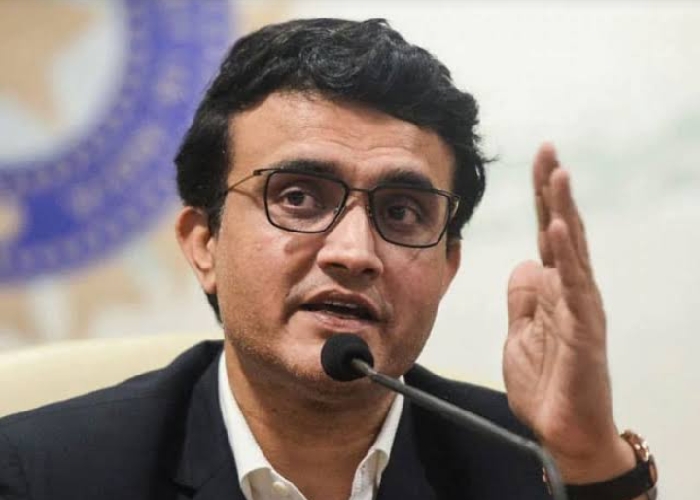Islamabad, Aug 10: After the permanent suspension of the Samjhauta Express in retaliation to India's decision to revoke Article 370 of its Constitution that gave special status to Jammu and Kashmir, Pakistan has now suspended the Lahore-Delhi 'Dosti' bus service, the media reported.
The announcement of the latest suspension was made by Federal Minister for Postal Services and Communications Murad Saeed in a tweet on Friday, reports Dunya News.
"In line with the decisions of the NSC (National Security Committee), Pak-India bus service is suspended," the Minister said in his tweet.
The service will be fully suspended from Monday, Murad Saeed told reporters in Islamabad.
Friday's development comes a day after Federal Minister for Railways Sheikh Rashid Ahmed announced to permanently suspend the Samjhauta Express train service.
The federal minister at a press conference in Islamabad on Thursday said that passengers who have purchased advance tickets will be refunded and the bogies of the Samjhauta Express will be used to facilitate passengers on Eid.
The Samjhauta Express ran twice a week from Lahore to Attari via the Wagah railway station.
Earlier on Friday, Ahmed announced Pakistan was also shutting down the Thar Link Express, its last remaining train link with India.
Thar Link Express is the Indian part of Thar Express which runs once a week between Jodhpur and Munabao.
Passengers from Munabao then clear customs and are transported across the border to the Zero Point station from where the Thar Express takes them to Karachi.
Both the train services were stopped after the 1965 India-Pakistan war before being resumed again in 2006.
On Wednesday, following India's decision to end special status for Jammu and Kashmir, Pakistan's NSC decided to downgrade diplomatic relations and suspend bilateral trade with India, reports Dunya News.
The decision was made during NSC meeting chaired by Prime Minister Imran Khan and attended by the Foreign Minister Shah Mehmood Qureshi and other top ministers.
Khan has directed that all diplomatic channels be activated to "expose the brutal Indian racist regime, its design and human rights violations.
He also directed Armed Forces to continue vigilance".






Comments
Add new comment